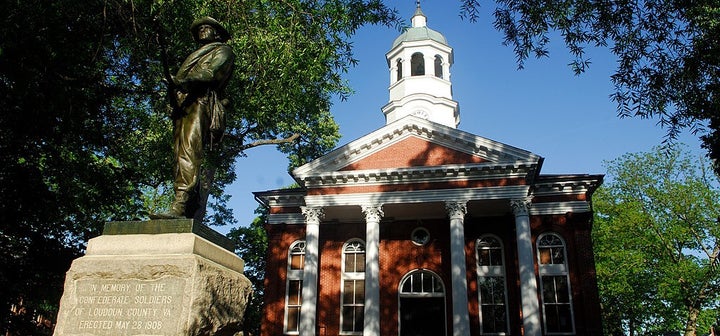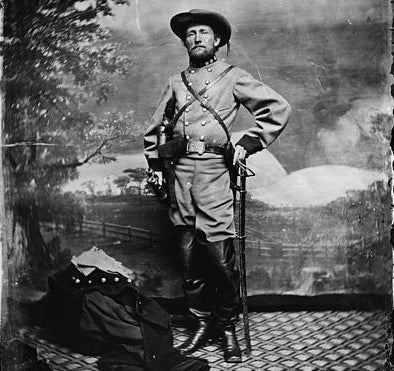
Virginia State Senator Dick Black (R), who represents Loudoun and Prince William counties, likes Confederate monuments. He likes them a lot. He has asserted that to remove them is an attempt to erase history, but recently, Black tried his own hand at erasing history. In an email obtained by the Loudoun Times-Mirror, Senator Black stated to fellow lawmakers that “None of those soldiers fought to defend slavery,” and that “Soldiers don’t serve for things like that ― trust me, I know. Imagine the men of Picket’s Charge thinking, ‘I’m virtually certain to die in this attack, but I take solace in defending slavery.’ Give me a break.” There is an irony in Senator Black’s fears that removing monuments would constitute “erasing our history,” while he simultaneously asserts that “None of those soldiers fought to defend slavery.”
As a historian who literally wrote his dissertation on Loudoun County, I can say unequivocally some Loudoun Confederates did fight for slavery. You need look no further than the most famous Confederate in the history of the Senator’s home county of Loudoun, Col. John Singleton Mosby, the “Grey Ghost” himself. One of the most notorious Confederate guerrillas, Mosby based many of his operations harassing Union supply lines out of Loudoun County. Writing to a friend in 1907, Mosby complained that former Confederates were retroactively rewriting the cause of the war to make their fight seem more noble 40 years after the fact. In the letter Mosby argued southerners should stop trying to hide what they fought for, writing “People must be judged by the standard of their own age. If it was right to own slaves as property it was right to fight for it. The South went to war on account of Slavery. South Carolina went to war ― as she said in her Secession proclamation ― because slavery [would] not be secure under Lincoln. South Carolina ought to know what was the cause for her seceding. [...]I am not ashamed of having fought on the side of slavery.” I think Mosby knew better than the senator what he and his men fought for.

As a veteran, Mosby disliked his former comrades erasing their own personal histories to seem more valiant; as a historian, I dislike politicians making up alternative facts about the nation’s past to win cheap political points. Whether people should be “judged by the standard of their own age” is a separate debate, but as Americans engage in current debates about Confederate monuments, we must avoid the temptation to make up facts. Whatever you believe about the future of monuments, we should all strive to keep this debate historically accurate, especially those who accuse others of trying to “erase history.”
Efforts to erase history from America’s collective memory are not new. The men and women who put up Confederate monuments were doing just that when they tried to make Americans forget what the war was quintessentially over: slavery. They erased the cause they fought for in their monument inscriptions, speeches, and memoirs. As historian Aaron Astor recently pointed out, the “first ‘PC’ movement was led by the United Daughters of the Confederacy” in the early twentieth century as they worked to purge textbooks (and get teachers fired) that treated the Confederacy as anything less than valiant and noble. Mosby detested this ahistorical revisionism that his fellow veterans were engaging in, which is what his 1907 letter was about. In many ways, recent efforts to remove Confederate monuments or contextualize them with additional plaques can be seen as an effort to write a more accurate history upon the landscape.
In general, historians do not consider the imagination a reliable source to cite. While the Senator might not be able to imagine soldiers at Pickett’s Charge fighting for slavery, sources show that the Confederate soldiers of Loudoun County did just that in 1863.
Adam H. Domby, Ph.D. is an Assistant Professor of History at the College of Charleston. He is currently writing a book on the memory of the Civil War. The views expressed here are the author’s alone. He can be followed on twitter here.
